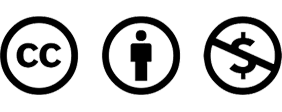-
General Article
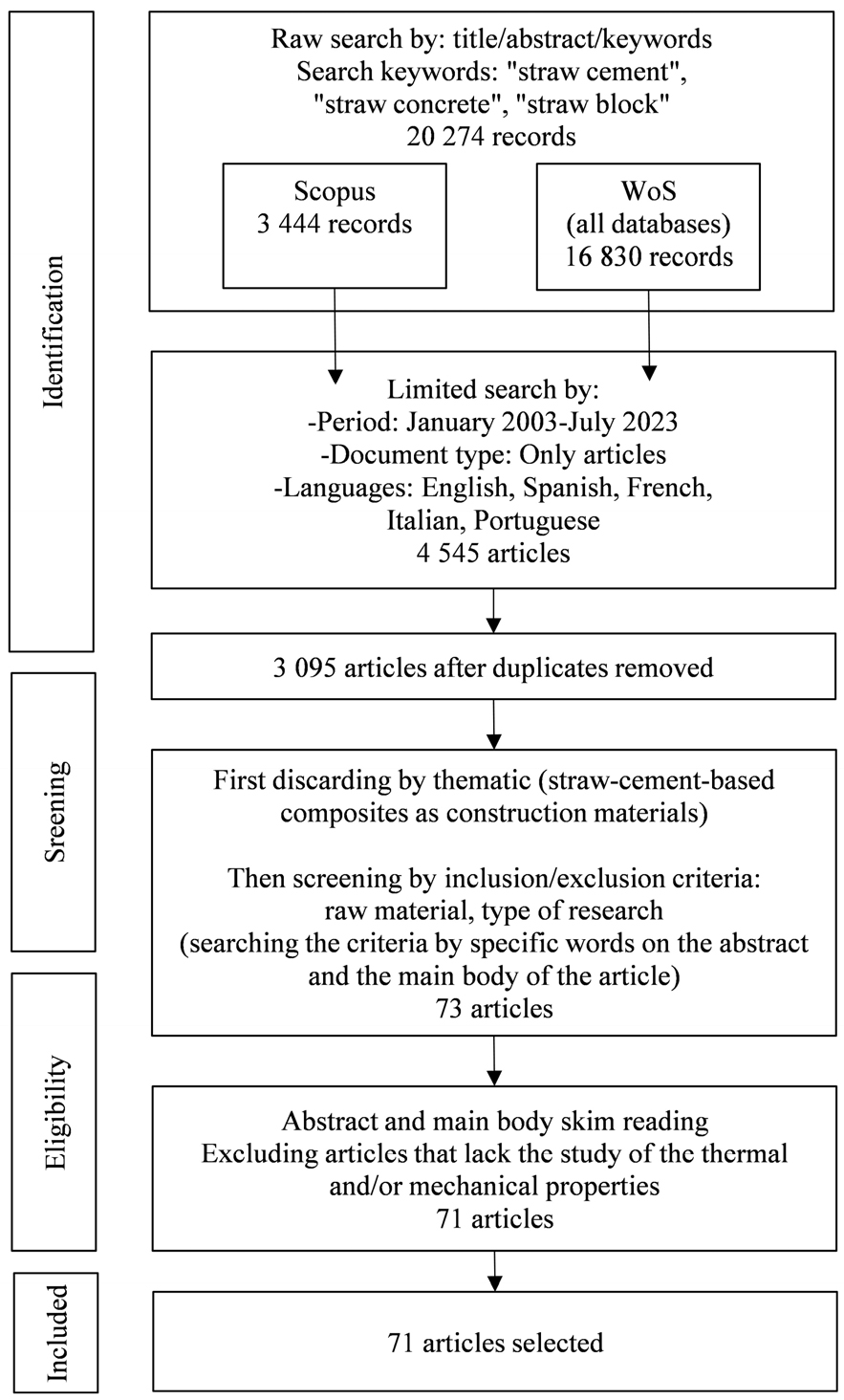
- Optimization of straw-cement-based composites for use as construction materials: A Systematic literature review
- Alma Ayala, Juan Ayala and Ana Borbón
- This study is a systematic literature review about the optimization of straw-cement-based composites for use as construction materials with the aim of …
- This study is a systematic literature review about the optimization of straw-cement-based composites for use as construction materials with the aim of providing an enhancement of the understanding of the research works on the topic. The study is specifically limited to works using cereal straw fibers –only of wheat, rice, barley, and oat– and Ordinary Portland Cement as base raw materials, leaving aside works in which other fibers or other binders are used. A total of 71 articles were selected through applying inclusion and exclusion criteria and the requirement of reporting the study of the thermal and/or mechanical properties. The analysis was divided into two parts, the first part was performed to show the trends of published research, and the second part was focused on showing, comparing, and correlating the findings of the analyzed studies, as well as identifying the limitations of research. The trend shows that, in addition to mechanical optimization, thermal optimization has become more frequent, and the study of acoustic properties is also recently being included. Therefore, considering the whole aspects of optimization is expected for construction materials to contribute to achieving an optimum building performance, which still requires work to do. - COLLAPSE
-
General Article
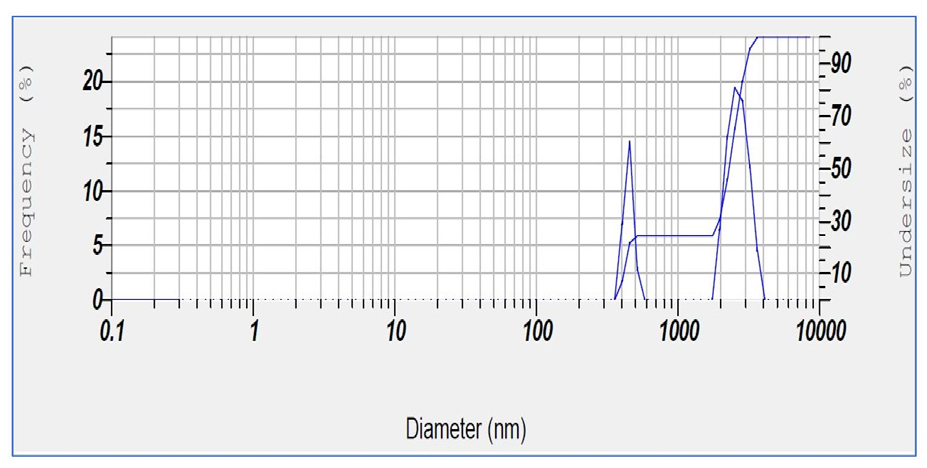
- Valorizing smelted waste printed circuit board (wpcb) slag powder for cement mortars: A Particle packing approach
- Hajarath Katukuri, Rathish Kumar Pancharathi and Pallapothu Swamy Naga Ratna Giri
- In this study, a novel Smelted Waste Printed Circuit Board (PCB) slag powder-based cement mortar was developed by replacing cement with a …
- In this study, a novel Smelted Waste Printed Circuit Board (PCB) slag powder-based cement mortar was developed by replacing cement with a multi-component binder comprising ground granulated blast furnace slag (GGBS) and PCB slag powder at varying proportions (0% to 60% at 20% intervals). The optimal blend was determined as 40% cement, 40% GGBS, and 20% PCB slag powder, yielding the required strength. To enhance mortar density and reduce voids, particle gradation techniques (Modified Toufar Model and J.D. Dewar model) were utilized for fine aggregate proportioning. The MTM technique proved superior, resulting in an optimized proportion for particle sizes of 4.75 mm-1.18 mm-0.15 mm, which led to a compressive strength of 56 MPa. Notably, the 28-day strength improvement using MTM was 19.65% higher than the experimental method and 7.15% higher than JDD. Microstructural analysis exposed distinctive features of GGBS and PCB slag powder, contributing significantly to the mortar’s performance and structural integrity. - COLLAPSE
-
General Article
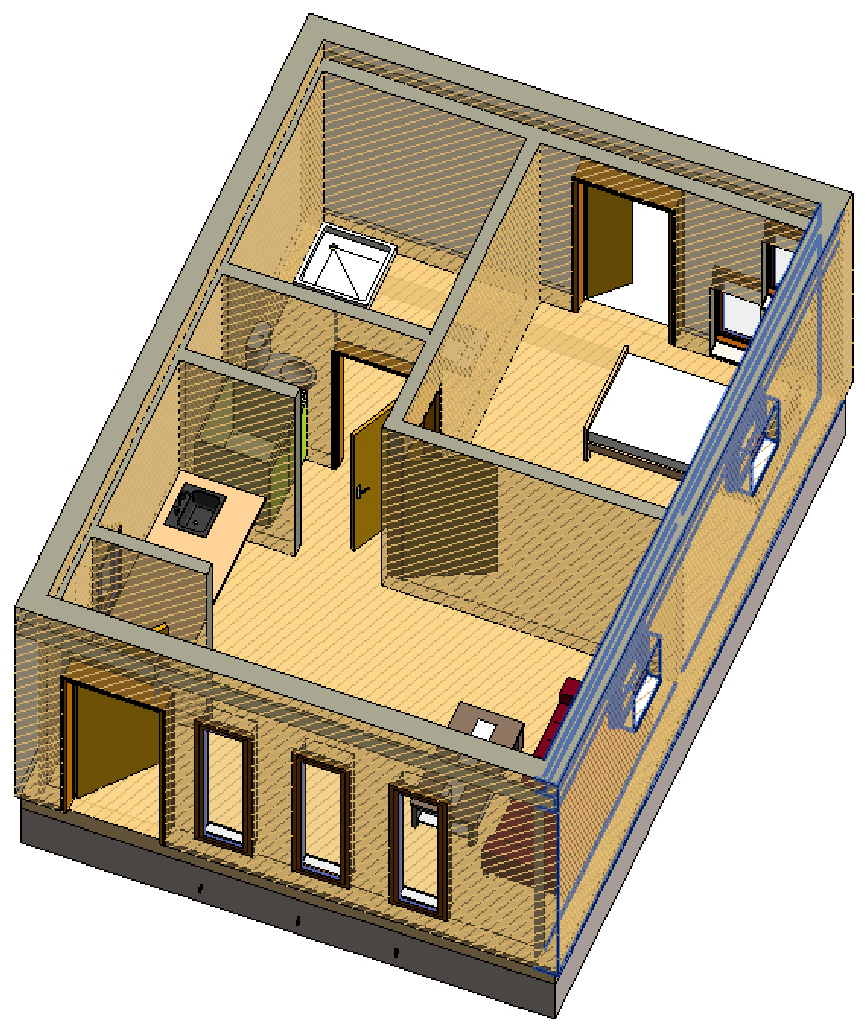
- Enhancing the energy, environmental, and economic efficiency of a building through life cycle assessment: A Moroccan case study
- Chaimaa Khouya, Kaoutar Ouali and Rachida Idchabani
- The improvement of the buildings envelope performances is the key to achieve energy efficiency and environment preservation in the building sector, by …
- The improvement of the buildings envelope performances is the key to achieve energy efficiency and environment preservation in the building sector, by the optimization of the thermal insulation. This improvement should be analyzed in a global vision to guarantee the accuracy, by taking into consideration the building entire lifetime. In this context, the present study compares the performances of three different types of thermal insulation materials; Extruded Polystyrene, Rockwool and the cork boards, using a Life Cycle Assessment approach for a typical construction prototype in the city of IFRANE, through a Dynamic Thermal Simulation, with regards to determine the optimum type and thickness of the thermal insulation material. The results of the DTS show that the application of the minimal values of the insulation material thickness, required by the Moroccan regulation, cannot always guarantee the level of energetic performances needed. Numeric results reveal that the embodied energy can represent up to 32% of the total energy consumed in the building’s lifetime, and the embodied carbon is expressed as a percentage of 15 to 18% of the total carbon emissions. Furthermore, being a natural organic material cannot be the best solution to contribute to the diminishing of dioxide of carbon emissions. - COLLAPSE
-
General Article
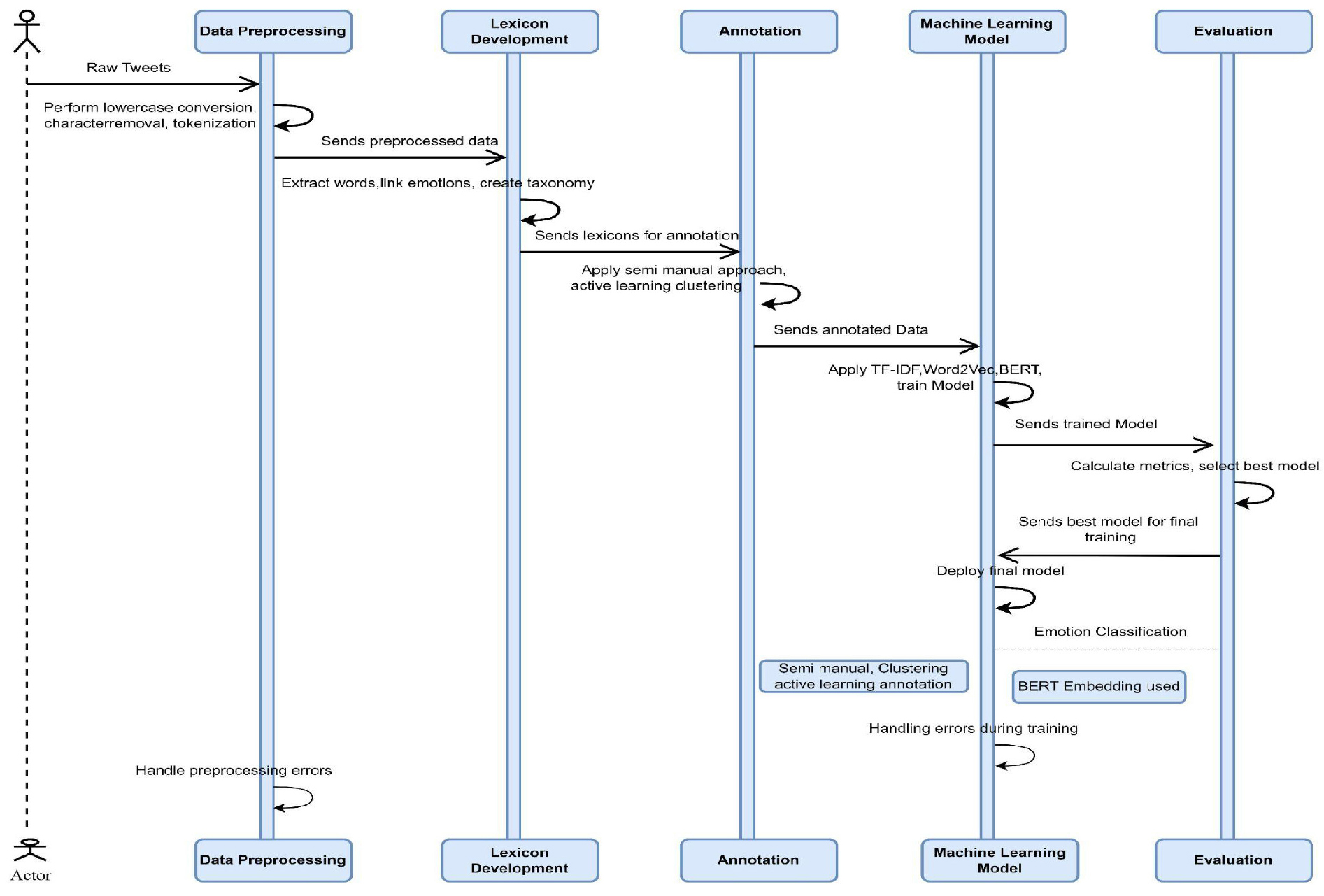
- Neuroemotion-informed sustainable approach using BERT embedding and lightGBM for emotion-aware smart system
- Pratibha Verma, Amandeep Kaur, Meenu Khurana and Deepali Gupta
- This study introduces the neuroEmotion Classifier, a Sustainable, Smart System-oriented framework for emotion classification in social media text, with applications in urban …
- This study introduces the neuroEmotion Classifier, a Sustainable, Smart System-oriented framework for emotion classification in social media text, with applications in urban resilience, crisis management, and community well-being. Designed to analyze tweets related to crises, conflicts, and tragedies, the system maps emotional states to neuroemotion processes, enabling emotion-aware urban analytics for real-time monitoring of public sentiment in high-stress scenarios. By integrating a novel emotion-neuroemotion taxonomy, a specialized lexicon, and semi-automated annotation (Cohen’s kappa = 0.85), the framework bridges linguistic patterns with neurobiological insights to support data-driven urban decision-making in urban planning and public policy. Evaluated across multiple machine learning pipelines, the sustainable emotion detection Smart Urban System leverages LightGBM with Neuroemotion-Informed BERT embedding to achieve 98.57% accuracy, 0.9855 F1 score, and 1.0 AUC, outperforming traditional representations like TF-IDF and Word2Vec. While BERT-based models require greater computational resources, their superior performance justifies their use in urban smart infrastructure for emotion-aware applications, striking a balance between precision and scalability. This work establishes a foundation for deploying Neuroemotion-aware emotion classifiers in smart urban systems, enhancing urban governance, public safety protocols, life cycle aware urban design, and adaptive city planning through contextually rich social media analysis. - COLLAPSE
-
General Article
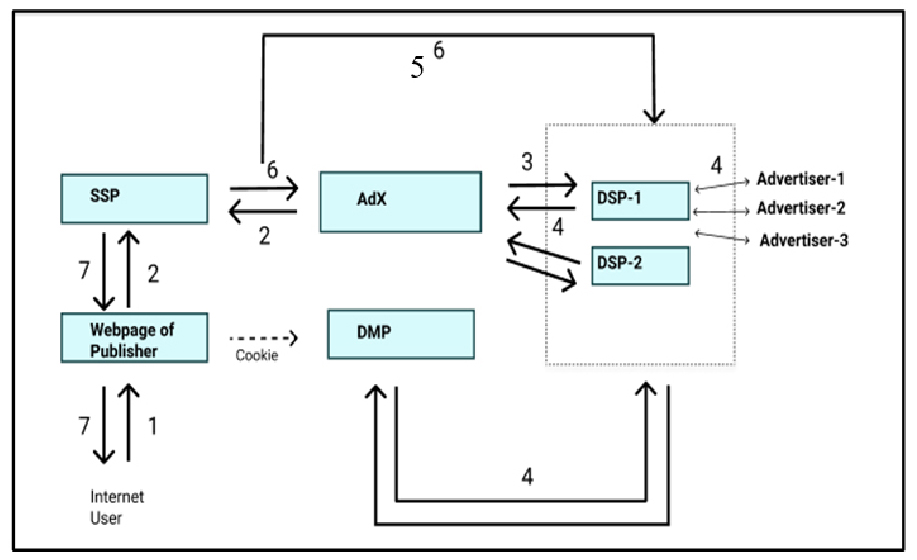
- A Socio-economic cost-effective budget allocation framework for real-time bidding in online advertisement for urban development
- Piyush Gupta, Komal Kumar Bhatia and Neelam Duhan
- The adoption of Real Time Bidding (RTB) has emerged as a significant mechanism for online advertising via AI-based auctions, reflecting the rapid …
- The adoption of Real Time Bidding (RTB) has emerged as a significant mechanism for online advertising via AI-based auctions, reflecting the rapid expansion of the online advertising sector. Conventional budget allocation strategies are ineffective in adapting to market changes, resulting in suboptimal spending and diminished advertising performance. This paper proposes a sustainable socio-economic and cost-effective budget allocation framework for RTB, utilising reinforcement learning and a hybrid Transformer-FM framework to dynamically balance bidding strategies and pacing budgets. Utilising live user engagement data ensures improved resource allocation and reduced advertising waste, resulting in a higher return on investment for urban development. Our method was validated through empirical results utilising the iPinYou dataset, demonstrating an increase in CTR by 11.2%, a reduction in CPC by 24.3%, and an additional 17.5% in clicks compared to traditional methods. The findings enable the development of more efficient digital advertising strategies that enhance financial expenditure through improved consumer engagement and company profitability. - COLLAPSE
-
General Article
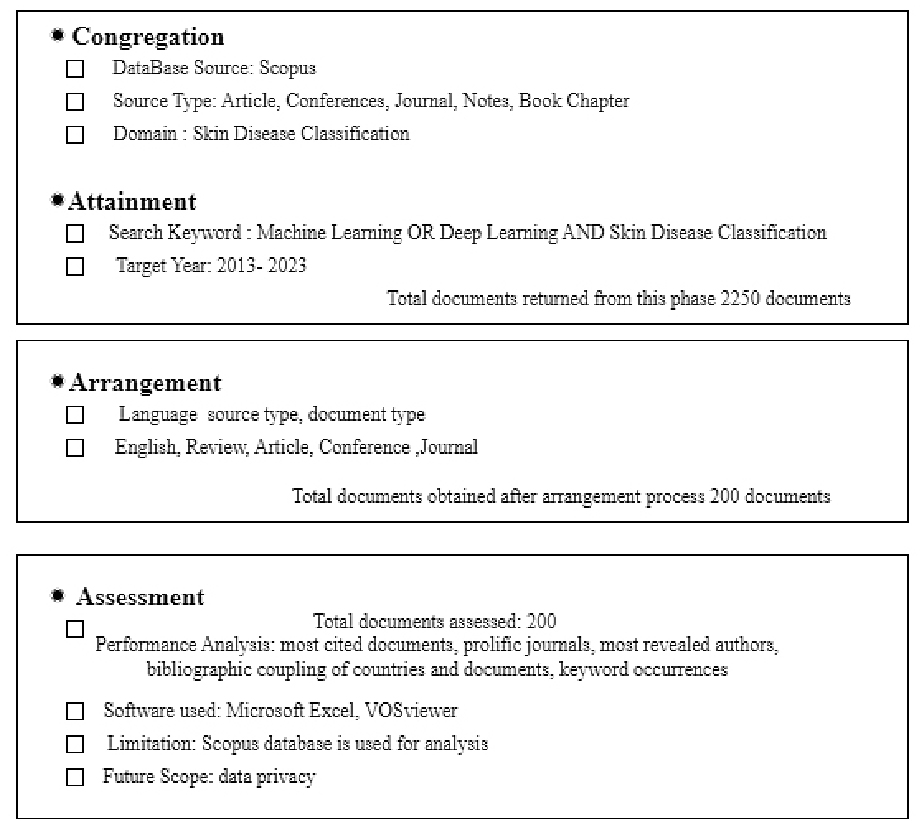
- Integrating dermatological research with sustainable urban health infrastructure: A Bibliometric perspective
- Shikha Sharma, Nitin Goyal and Ruchi Mittal
- Seeing prominence on derma ailments, this initiative anticipates to propose a developing and unceasing exploratory bibliometric analysis of study amalgamated with newest …
- Seeing prominence on derma ailments, this initiative anticipates to propose a developing and unceasing exploratory bibliometric analysis of study amalgamated with newest methodology of artificial intelligence in the medical sector. Notwithstanding the amassed significance of AI-oriented skills for sustainable healthiness environment, deep learning is a cutting-edge transformative procedure for the rapid detection and operative behaviour of skin diseases. It is requisite to carry out a deep consideration to appraise the present situation and forthcoming possibilities of DL in this segment. Devising the persistence to obtain sustainable healthcare clarifications, especially in metropolitan atmospheres where the troposphere activates and encourages the intensification of epidermis illnesses. The leading objective of the assessment is to analyse the acquaintance in this area with an enhanced perception. Demanding bibliometric learning divulges the substantial evidence associated with extensively renowned writers in this research, remarkable publications and statistics. In augmentation to this, it carries ample and conclusive references for skin experts and other professionals looking for alternatives to disseminate AI in their professional experience. Furthermore, it shields the methodical details of AI in skin field by highlighting main theories and novelty work. The prevalent execution of DL focussed technologies improves the judgement and analysis which recommends pioneering metropolitan healing conveniences for the sustainable healthcare structure. - COLLAPSE
-
General Article
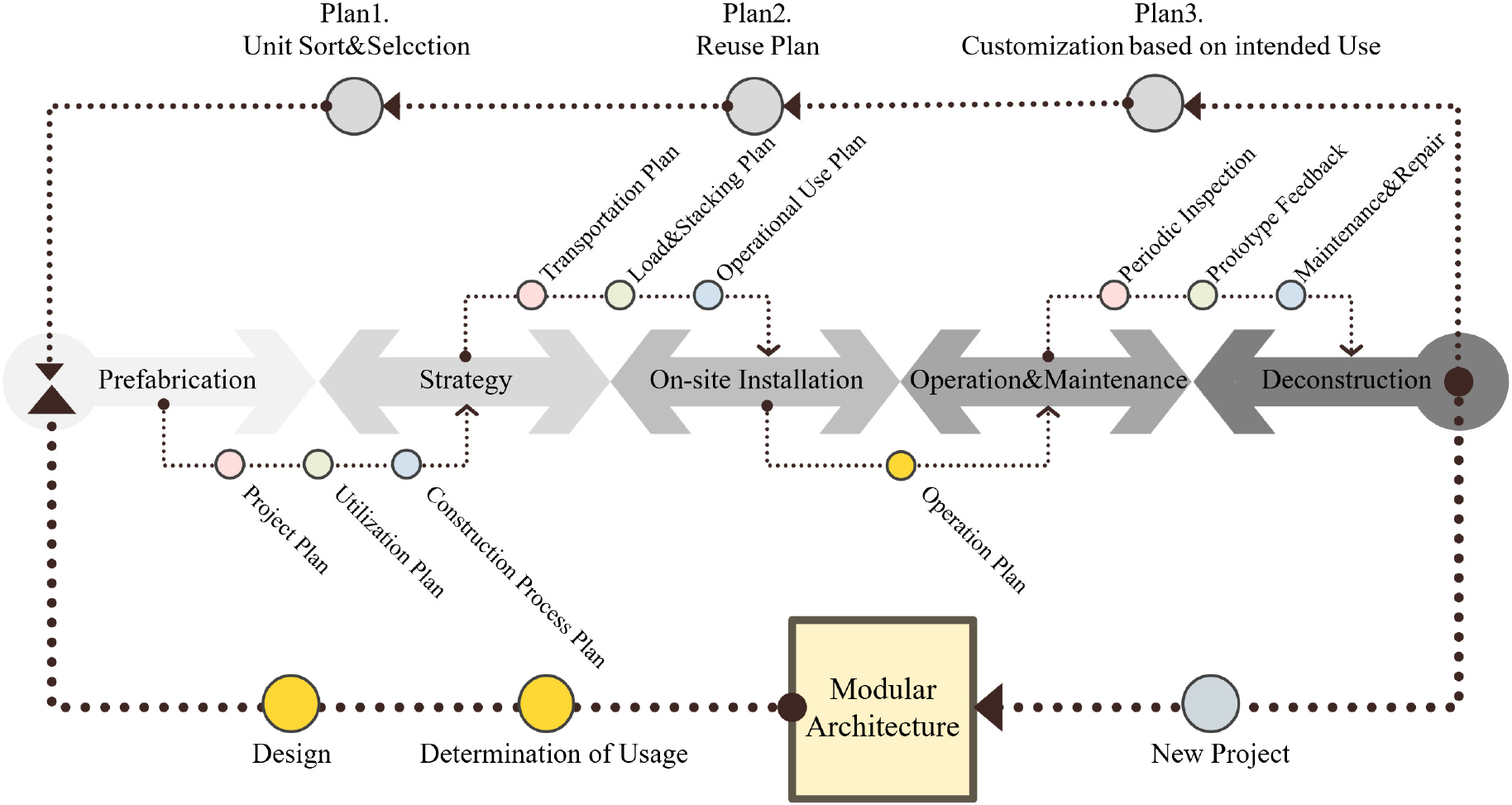
- Derivation of architectural planning elements for sustainable utilization of modular emergency medical facilities (MEMF)
- Huida Jeong and Sung Hyun Kim
- As the frequency and scale of crises such as pandemics and natural disasters continue to rise globally, the limitations of conventional healthcare …
- As the frequency and scale of crises such as pandemics and natural disasters continue to rise globally, the limitations of conventional healthcare systems in delivering timely medical care on-site have become increasingly apparent. In this context, the demand for medical facilities that can be rapidly deployed and flexibly adapted to diverse field conditions has grown significantly. Modular Emergency-Medical-Facilities (MEMF) have emerged as a promising architectural solution that responds to such urgent needs. Nonetheless, the successful deployment and sustainable use of MEMF depend on the establishment of a systematic architectural planning framework that addresses both functionality and adaptability. This study aims to investigate the feasibility of applying modular construction principles to emergency medical facilities by combining a comprehensive literature review with an in-depth case analysis. The research covers 22 modular architecture manufacturers and 27 mobile hospital projects, which are analyzed from functional, spatial, and technical perspectives. Through typological classification and comparative review, the study identifies prevailing design patterns and distills core planning considerations. The findings of the study lead to the identification of three key architectural planning elements necessary for the effective planning and implementation of MEMF. These include the strategic definition of medical programs applicable to modular units, the flexible spatial configuration that accommodates varying site and usage requirements, and the integrated coordination of utility systems essential for maintaining operational continuity. By articulating these planning elements, this study proposes a foundational framework for the design, deployment, and long-term use of MEMF. It offers a structured approach that not only enhances architectural responsiveness in emergency contexts but also contributes to the broader discourse on sustainable and scalable medical infrastructure for future crises. - COLLAPSE
-
General Article

- Building trust for sustainable AI chatbot adoption: Policy pathways for smart cities/ government in Sri Lanka
- Arjuna Srilal Rathnayake, Timur Dosmambetov, Truong Dang Hoang Nhat Nguyen, Byeol Kim and Yonghan Ahn
- The study represents a novel investigation of the external factors highlighting trust in acceptance of artificial intelligence (AI) based chatbot system in …
- The study represents a novel investigation of the external factors highlighting trust in acceptance of artificial intelligence (AI) based chatbot system in Sri Lanka’s government, using an augmented technology acceptance model (TAM) as a new research framework by adding external constructs such as trust (TR), legal/ regulatory support (LR) and user experience (EX) into TAM. It is important to understand user perspectives on trust to expand and promote integration of generative AI systems in government operations. This study provides a structured survey to find respondents’ thoughts on using AI chatbot systems to enhance government service delivery. The data were analyzed using structural equation model (SEM) to test the hypothesized relationships with a valid sample size of 412 responses obtained from Sri Lanka. The findings revealed that LR and EX have a positive and significant impact on TR and TR has a positive and significant impact on TAM’s PE toward BI to accept generative AI systems in government. The findings with the new model aim to shed light on how the identified constructs with trust affect user acceptability, helping government policymakers to create more effective generative AI transformation plans for smart cities/ government. - COLLAPSE
Journal Informaiton
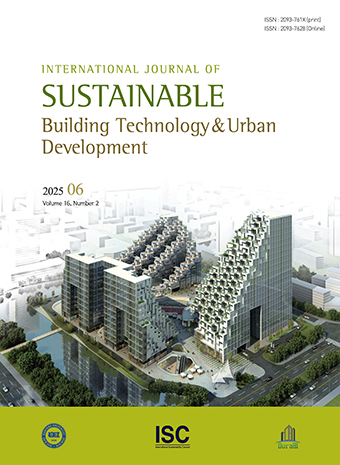 International Journal of Sustainable Building Technology and Urban Development
International Journal of Sustainable Building Technology and Urban Development
Journal Informaiton
Journal Informaiton - close
 International Journal of Sustainable Building Technology and Urban Development
International Journal of Sustainable Building Technology and Urban Development











